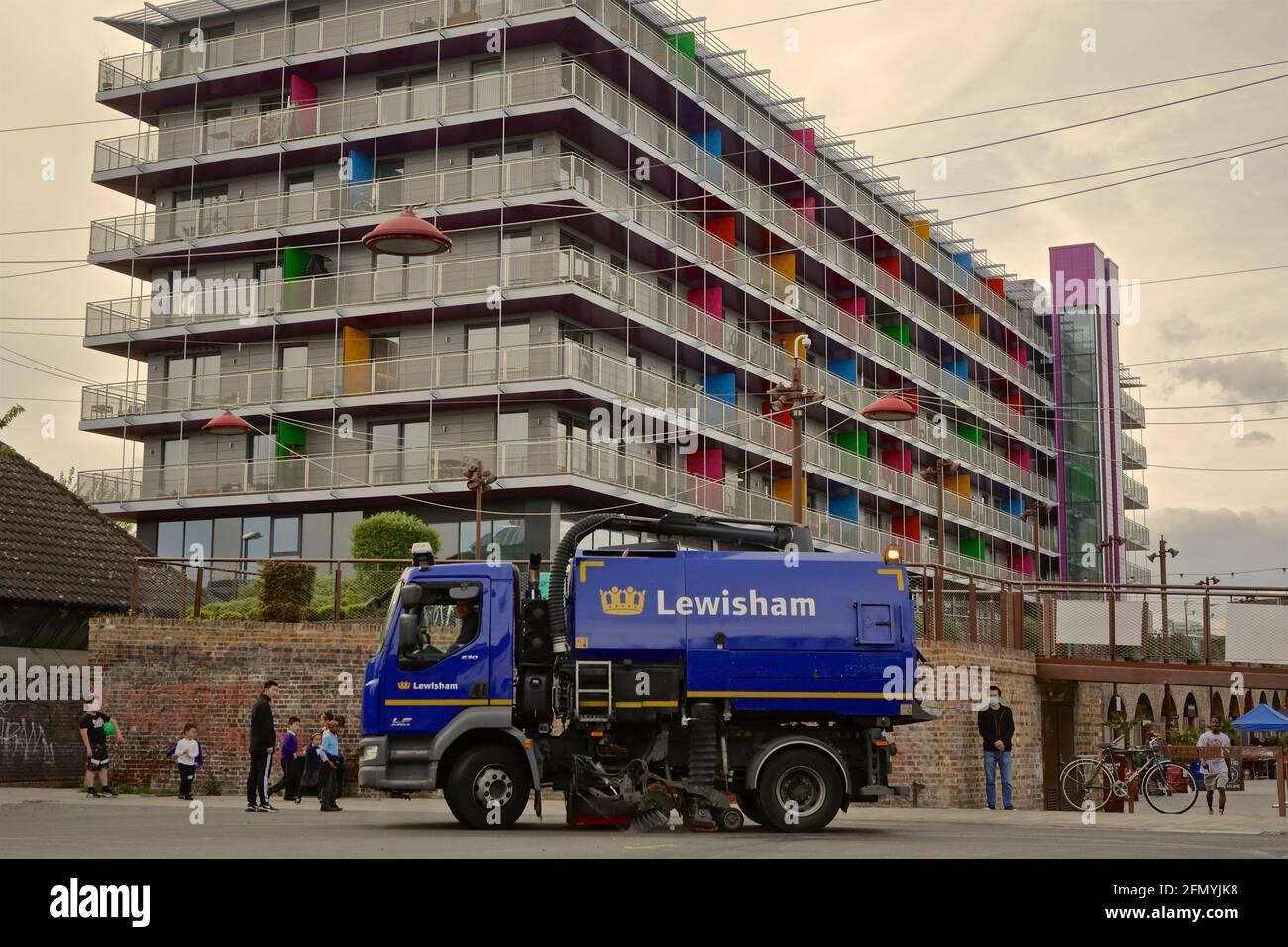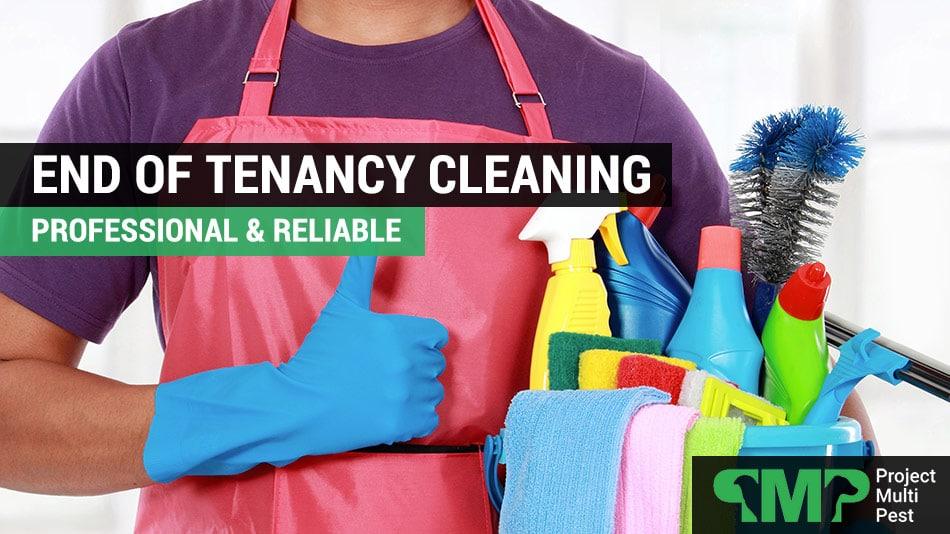
London never stands still. Commuters stream through stations at dawn, builders refit shopfronts by noon, and a fine patina of city life-traffic dust, limescale from hard water, pollen from plane trees-settles as predictably as the evening rush. In this restless rhythm, the demand for cleaning services in London UK has grown into a vast, varied ecosystem that keeps homes, offices, and public spaces presentable, hygienic, and ready for the next day.
From solo specialists to nationwide firms, the capital’s providers span routine housekeeping, end-of-tenancy and after-builders cleans, commercial contracts, and niche treatments for carpets, stone, ovens, and windows. Eco-friendly options sit alongside traditional methods; hourly rates mix with fixed-fee quotes; and coverage stretches from Victorian terraces to glassy new builds. Choosing well often comes down to practicalities: the scope and frequency of work, who supplies materials, accreditation and insurance, vetting, waste disposal, and clear pricing.
This article maps the landscape: what each service type involves, typical costs and standards, how to vet a cleaner or company, and the small print-cancellations, guarantees, and access-most Londoners wish they’d checked sooner. Whether you’re a renter facing checkout, a facilities manager with compliance on your mind, or a host juggling turnarounds, consider this your calm guide to a fast-moving market.
Table of Contents
- The London cleaning market explained pricing, seasonal demand, and borough differences
- Credentials that matter insurance, DBS checks, training standards, and eco friendly options
- Choosing the right service end of tenancy deep clean regular maintenance and post renovation
- Practical booking and access tips for London properties permits parking keys and congestion zones
- The Conclusion
The London cleaning market explained pricing, seasonal demand, and borough differences
Pricing in London behaves like a sliding scale rather than a static tag: regular domestic sessions commonly fall around £17-£25/hr, while deep/after-builders work often sits near £25-£40/hr and end-of-tenancy is usually quoted per property. The final figure flexes with frequency discounts (weekly vs one-off), home size, pets, eco-only products, evening/weekend slots, and the extra friction of parking/Congestion Zone or minimum hours. High-pressure weeks can bring limited availability or small surcharges; always ask if supplies and VAT are included and request a line-item estimate for clarity.
- Mar-May – spring resets and oven/fridge extras spike.
- Jun-Jul – pre-holiday spruce-ups and Airbnb turnovers.
- Late Aug-Sept – student moves, tenancy changeovers, carpet cleans.
- Nov-Dec – party prep, end-of-year deep cleans, tight calendars.
- Jan – quieter weeks, better deals and flexible times.
| Borough cluster | Typical hourly window | Availability notes |
|---|---|---|
| Westminster & City | £22-£30 | Parking/concierge rules; short notice is scarce. |
| Kensington & Chelsea | £25-£35 | Premium finishes; eco/allergy-safe supplies favored. |
| Camden & Islington | £20-£28 | Older homes; delicate surfaces and access quirks. |
| Tower Hamlets & Newham | £18-£26 | High tenancy turnover; strong end-of-tenancy demand. |
| Lambeth & Wandsworth | £19-£27 | Family schedules; evening slots book early. |
| Croydon & Bromley | £17-£24 | Lower rates but longer minimums for travel. |
Borough-to-borough contrasts are driven by travel time, parking, building access, and client profile. Zone 1-2 often carries higher minimums due to logistics and time-on-site, while outer boroughs trade slightly lower rates for longer booking blocks. East and South-East see brisk churn and robust move-out cleans; West and South-West skew premium with specialist materials and meticulous finish standards; North balances heritage properties with careful product selection. Same-day slots cluster where operator density is highest-if you need urgency, broaden your postcode radius, be flexible on start times, and pre-clear parking/access details to keep costs tight.
Credentials that matter insurance, DBS checks, training standards, and eco friendly options
In London’s fast-paced spaces, peace of mind starts with transparent credentials: public and employer’s liability insurance that covers accidental damage and staff on site; enhanced DBS screening for operatives who access homes, schools, and sensitive offices; and a clear training pathway (BICSc modules, tool-box talks, COSHH awareness, RAMS) that keeps standards consistent shift after shift. Add to that a practical sustainability stance-planet-kind chemicals with eco labels, microfibre systems that cut water and detergent use, refillable concentrates, and transport choices that lower emissions across the city.
Before you book, ask for proof and specifics in writing. Look for policy numbers and limits, evidence of renewal, DBS issue dates, a training matrix per site, and how green claims are measured (dilution rates, waste streams, or carbon reporting). Credible providers in London often hold ISO 9001/14001, SafeContractor/CHAS, or BICSc alignment, and follow clear incident procedures-so quality, safety, and sustainability aren’t just promises but processes.
- Insurance: Public/Employer’s Liability with clear limits and named insured.
- DBS checks: Enhanced where required; renewed on a defined schedule.
- Training: Induction + task-specific modules; COSHH; colour-coding; supervision.
- Eco options: Ecolabel products, refill stations, EV/ULEZ-compliant transport.
- Standards: ISO 9001/14001, BICSc methods, SafeContractor or CHAS accreditation.
| Credential | Proof | Benefit |
|---|---|---|
| Liability Insurance | Policy number + limits | Covers accidents |
| DBS Screening | Issue date + level | Safer access |
| Training Matrix | BICSc/COSHH record | Consistent quality |
| Eco Products | Ecolabel datasheets | Lower impact |
Choosing the right service end of tenancy deep clean regular maintenance and post renovation
Match your cleaning plan to the moment. If you’re handing back keys, a End of Tenancy package targets every nook to satisfy agent checklists. For a seasonal reset, a Deep Clean tackles limescale, grease, and hidden build-up. To keep life flowing smoothly, Regular Maintenance keeps surfaces hygienic and routines effortless. After dust-heavy works, Post‑Renovation focuses on ultra‑fine debris, paint smudges, and air quality. Consider property size, time pressure, and any specific demands-like inventory standards, allergy concerns, pets, or delicate finishes-and favour teams that supply all materials, use HEPA filtration where needed, and offer a clear re‑clean policy.
| Service | Best for | Focus | Duration | Add‑ons |
|---|---|---|---|---|
| End of Tenancy | Move‑out | Inventory‑ready detail | 4-8h | Oven, carpets |
| Deep Clean | Seasonal reset | Built‑up grime | 3-6h | Descale, cupboards |
| Regular | Weekly upkeep | Surfaces + hygiene | 2-4h | Beds, laundry |
| Post‑Renovation | After builders | Fine dust removal | 6-10h | HEPA vac, vents |
A reliable partner is transparent and prepared: look for agent‑approved checklists, proof of insurance, trained staff, and eco‑friendly options when requested. Timelines matter-tight handovers benefit from larger teams; major after‑build cleans need specialist tools and dust control. Clarify what’s included (e.g., inside appliances, window interiors, limescale removal), and set expectations around stains versus damage. A good provider will price by scope, confirm access and parking, and stand behind the result with a re‑clean window.
- Have 24-72h to hand back keys? Choose End of Tenancy with a re‑clean guarantee.
- Fighting grease or scale? Deep Clean with oven and bathroom descaling.
- Short on time weekly? Regular Maintenance with a recurring schedule and the same cleaner.
- Just finished works? Post‑Renovation with HEPA filtration and high‑reach dusting.
- Ask for proof of insurance, supplies included, and a clear, itemised scope.
Practical booking and access tips for London properties permits parking keys and congestion zones
Book with the street in mind: choose time slots that dodge school streets and match building quiet hours, then add a 15-30 minute buffer for lifts, concierge queues, and TfL surprises. Confirm the vehicle’s ULEZ status, check if the address sits inside the Congestion Charge area, and pre-plan the stopping point: resident bay with digital permit, pay-by-phone bay, or a signed loading bay. Ask the host or property manager for the council borough, bay type, and any bay suspensions scheduled. For access, request a photo of the entrance, location of the lockbox or key safe, and whether a fob or concierge ID is required; time-limit any door or alarm codes and keep a backup contact for late arrivals.
- Address & approach: building entrance photo, gate location, floor/flat, lift size, stairs count.
- Permits: borough link for visitor permits, pre-authorize number plate, screenshot approval.
- Parking: bay number/type, max stay, app to use (RingGo, PayByPhone), red-route notes.
- Keys & codes: lockbox code/window, alarm steps, concierge name, fob return point.
- Timing: loading window booked, lift reservation if needed, noise-sensitive hours.
- Contingency: second contact, spare code, alternative bay nearby, petty cash for meters.
On the day: share live ETA, park nose-in and visible to wardens, and display or activate permits before unloading. Keep doors attended, limit kerbside loading to signed times, and photograph the bay sign, lockbox closed position, and final lock-up for audit. Rotate any shared codes after use, log fob handovers with time stamps, and extend parking via app if the clean overruns. If the property sits near events or roadworks, check TfL or the borough’s live map in the morning and again one hour before the slot to avoid last-minute diversions.
| Quick check | What to prepare | Notes |
|---|---|---|
| Congestion Charge | Postcode check + payment method | Typical core hours; verify on TfL |
| ULEZ | Vehicle reg compliance check | 24/7 (check exemptions) |
| Resident bays | Digital visitor permit link | Match exact bay and time |
| Loading bays | Photo of sign on arrival | Limits vary; monitor clock |
| Keys/fobs | Code, backup code, concierge ID | Log handover + return |
| Proofs | Entrance, bay sign, lock-up photos | Attach to job record |
The Conclusion
In a city that moves as quickly as the Thames at high tide, clean spaces quietly underpin the rhythm of everyday life. From compact flats to sprawling townhouses and busy office floors, London’s cleaning landscape is as varied as its postcodes. The right service isn’t just about a sparkling finish; it’s about reliability, clear pricing, appropriate insurance, trained staff, and methods that respect both your schedule and the environment.
As you weigh options-from local specialists to nationwide providers-consider what matters most: regularity or one-off deep cleans, eco-friendly products, discreet hours, or specialist care for heritage features and modern materials alike. Reviews, accreditations, and transparent communication can help separate promise from practice.
However you proceed, a thoughtfully chosen service can remove a persistent layer of friction from city living, creating room for what actually needs your attention. In a place built on constant movement, a well-kept space is a quiet form of momentum-steady, practical, and ready for whatever London brings next.




